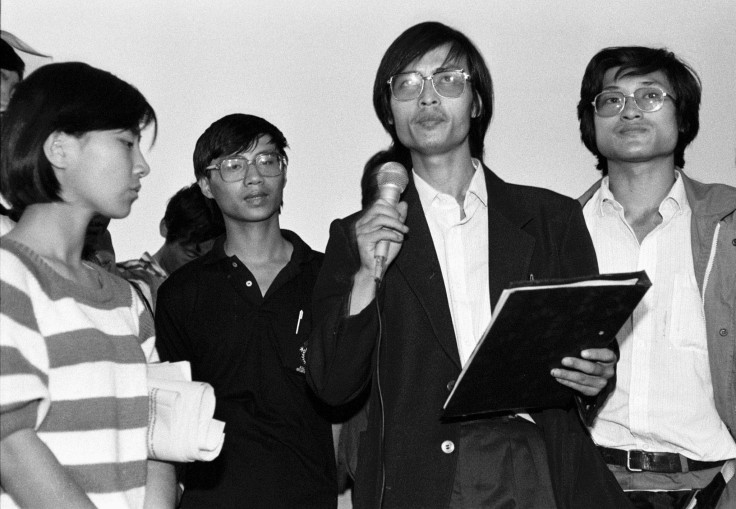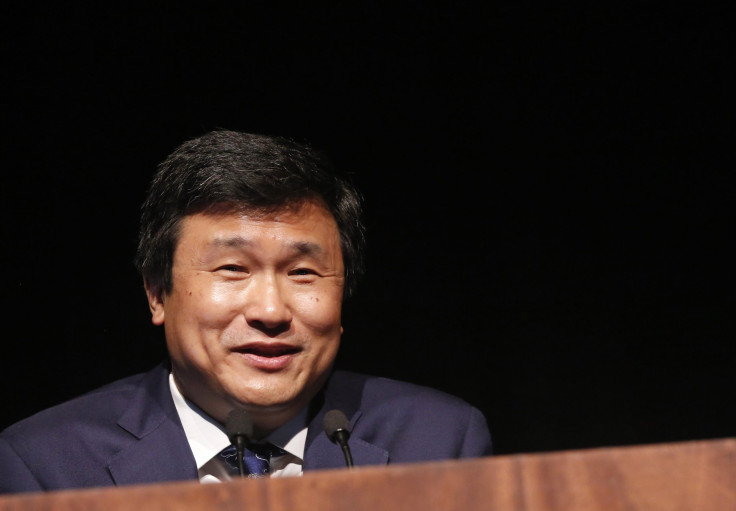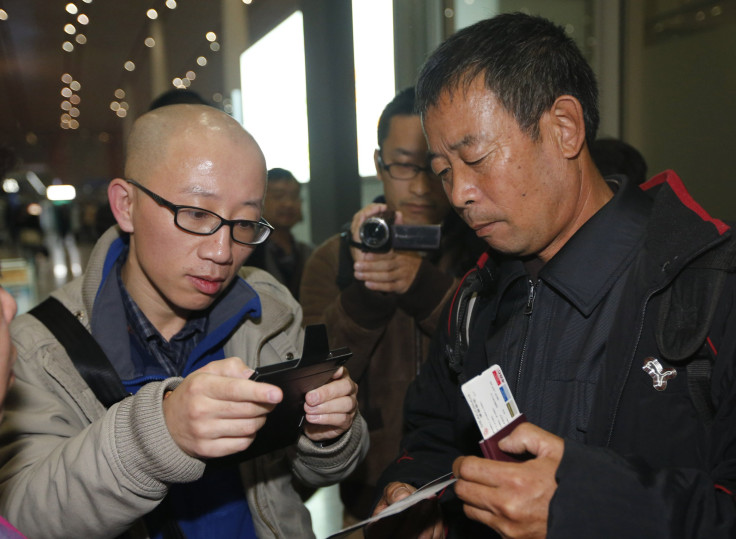On 25th Anniversary Of Tiananmen Square Massacre, A Look At Where Student Leaders Are Now

Wednesday marks the 25th anniversary of China’s infamous Tiananmen Square massacre, an event that defined a generation of activists and shocked the world.
The series of student-led pro-democracy demonstrations, which took place in the spring of 1989, spotlighted the Chinese Communist Party’s shortcomings and exposed deep divides within China’s leadership. Protesters took part in hunger strikes and sit-ins and occupied Tiananmen Square to call for an end to government corruption and more freedom of speech and of the press.
However, party leaders condemned the protests as a “counter-revolutionary riot” and took steps to squash the uprising.
On the night of June 3 and the early hours of June 4, the military was ordered to enforce martial law in the country’s capital. The impression of that moment is epitomized in the iconic image of an anonymous protestor, dubbed "Tank Man," standing alone in front of more than a dozen military tanks.
The bloodshed that ensued remains one of the most sensitive subjects in Chinese politics and is something that the Chinese government has gone to great lengths to try and cover up.
While the exact death toll from the protests remains unknown, the crackdown left between 500 and 2,600 people dead, according to the George Washington University’s National Security Archive.
Twenty-five years after the Tiananmen Square protests, many of the movement’s leaders, who are barred from returning to China, continue to actively protest China’s regime from abroad.
Here’s where five of the most prominent student leaders are today.

Chai Ling
As a 23-year-old psychology student, Chai became a key figure of the revolution.
Following the protests, she managed to escape from Beijing, and spent the next 10 months on the run until she escaped to Hong Kong. Chai later accepted a full scholarship to Princeton University, which led her to establish roots in the U.S.
Since then, Chai has founded All Girls Allowed, an organization that advocates for the abolishment of China’s one-child policy. She has been nominated twice for the Nobel Peace Prize.

Wang Dan
Wang was a student at Peking University in Beijing at the time of the protests. He became one of the party’s “most wanted” student leaders, and was captured and imprisoned on July 2, 1989. Wang spent four years in prison following the protests.
After being exiled from China, Wang attended Harvard University, obtaining a Ph.D. in history. He now teaches history in Taiwan and is a member of the advisory board of WikiLeaks.
Wang continues to travel the world and advocate for freedom in China.

Wuer Kaixi
During the protests, Wuer was No. 2 on the government’s list of most wanted activists. After learning that the military had plans to kill Wuer, the student leader fled to Hong Kong and eventually made it to the U.S. , studying at Harvard.
Wuer is a regular political commentator in Taiwan, where he now lives, and continues to advocate for political reform in China.

Li Lu
After the crackdown, Li fled China and went to the U.S. to study at Columbia University.
He became an investment banker on Wall Street and is the founder and Chairman of Himalaya Capital Management.

Hu Jia
Hu Jia was just 15 years old when he joined the 1989 Tiananmen protests. Since then, he has worked for several environmental and public health organizations and remains a person of interest on the Chinese government’s watch list.
In 2007, Hu was arrested as part of a government crackdown on dissidents. He spent three years in prison between 2008 and 2011 for “inciting subversion of state authority.”
He is currently under house arrest for having organized a commemoration of the Tiananmen Square massacre earlier this year.
© Copyright IBTimes 2024. All rights reserved.












